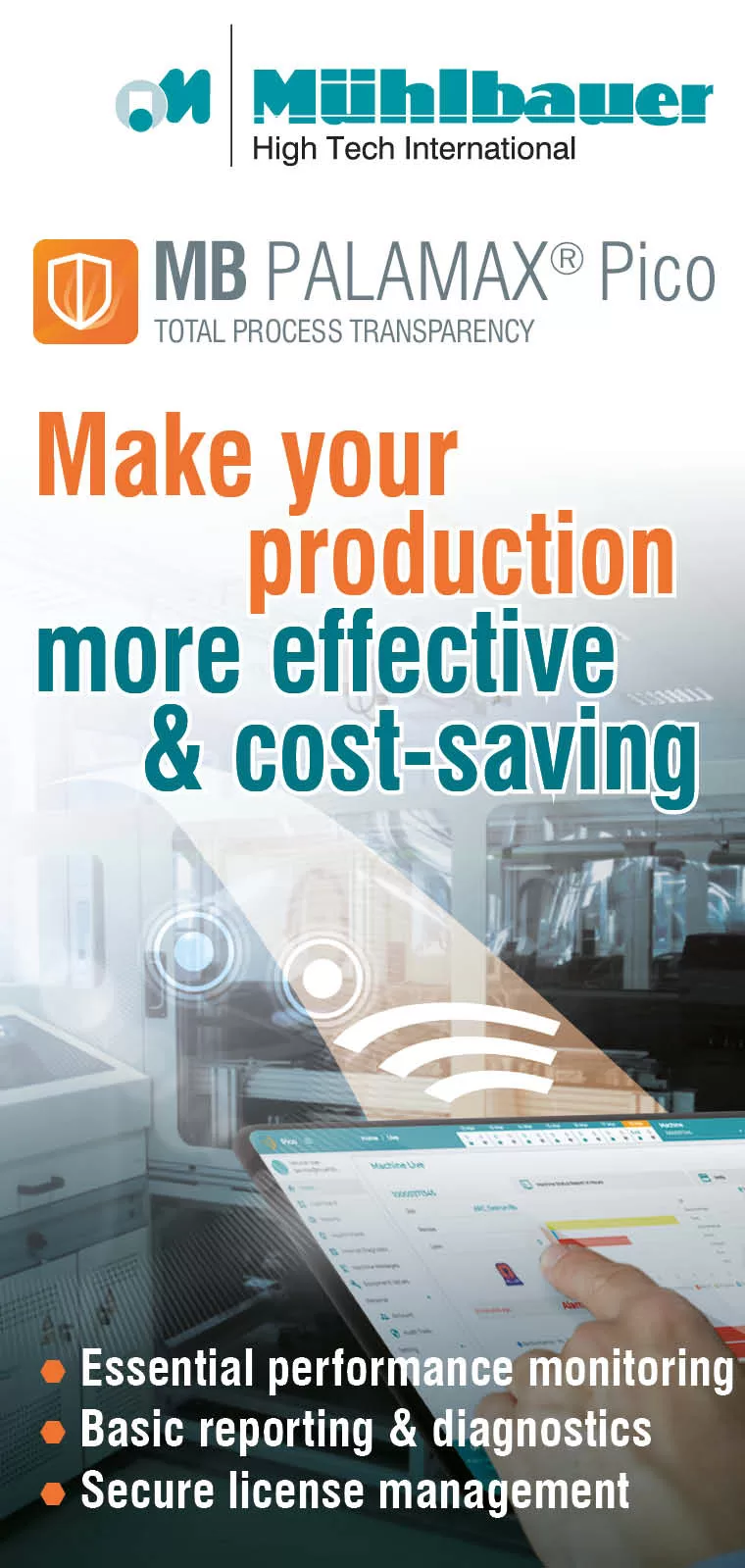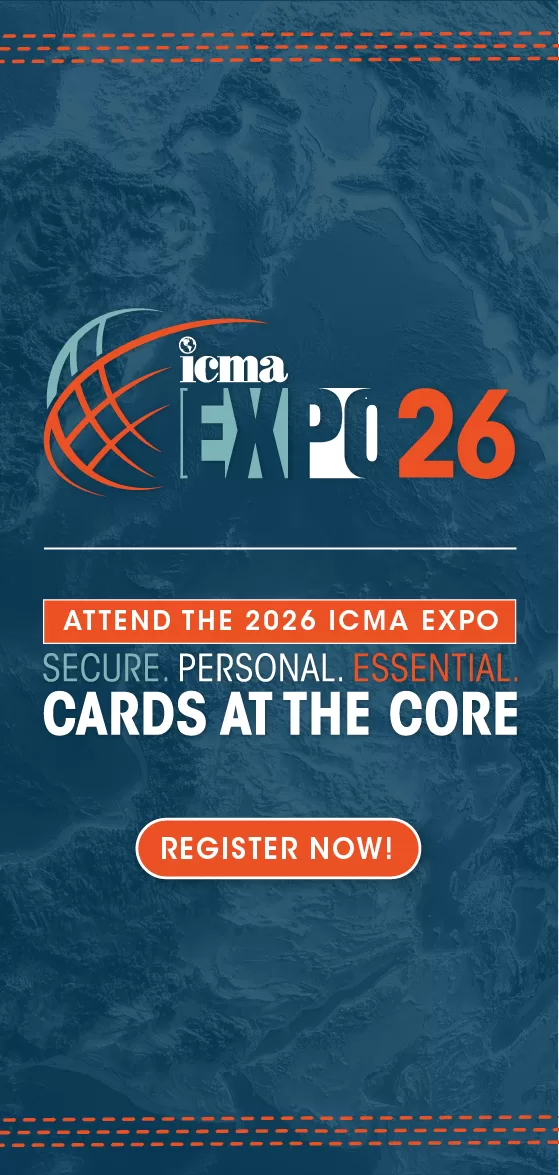
by Jennifer Kohlhepp | CM Magazine Cover Story
Rewriting the Sustainability Playbook: Why the Card Industry Must Think Bigger
By Jennifer Kohlhepp, Managing Editor, ICMA
At this year’s ICMA EXPO, David Nicholson, director of corporate sustainability and EHS at CPI Card Group, delivered a timely and thought-provoking call to action for the card industry—urging stakeholders to think beyond recycled substrates and instead reframe sustainability as a strategic advantage that drives value, resilience and relevance.

Why Now?
Recycled and other eco-focused materials have a key part to play in reducing the environmental impact of products within our industry. In fact, as of May 2025, CPI Card Group is proud to have delivered more than 350 million products containing eco-focused materials to the market.
“Our industry has made great strides in material innovation,” Nicholson acknowledged, “but the business landscape is changing.”
Card issuers care, now more than ever, about sustainability but may not be in a position to pay more for eco-focused card materials in today’s market. Meanwhile, ESG expectations are mounting, and regulatory frameworks are tightening. Companies that rely solely on alternative card materials as their sustainability strategy may soon find themselves outpaced.
“While eco-focused materials are a critical first step, and you’ll never hear me say otherwise, it is time to broaden our focus beyond just the start of the card lifecycle to truly drive a more sustainable future,” Nicholson said.
From Flight Feathers to Air Freighters: Putting Impact in Perspective
Nicholson shared that a key single indicator of a product’s overall carbon footprint is actually its weight. “With such a lightweight product, there is a limit to the impact reduction that can be seen with a focus only on materials.”
A single card weighs about 5 grams—roughly the same as a flight feather from a Canada goose. But while a card may be ‘as light as a feather,’ many aspects of the logistics behind its distribution are anything but. A single air freighter flight transporting card components from Asia to the United States can generate over 500 metric tons of CO₂e* in fuel consumption alone, dwarfing the carbon footprint of the cards themselves.
While transportation often accounts for a significant portion of a card’s overall emissions footprint, it is just one example of impacts the broader value chain can have above and beyond the materials going into the card.
Zooming Out: A Systems View of Sustainability
Nicholson challenged attendees to consider the entire value chain—from supply chain logistics to facility energy use, material optimization, waste management, efficiency of equipment and beyond.
He drew a critical distinction: “A traditional view looks at eco-focused materials. A strategic view looks at sustainability across operations and the supply chain, addressing risk and building reputation.”
Nicholson offered a few ways that a broader sustainability strategy can build value beyond just the card:
- Unlocking efficiencies in resource utilization reduces operational costs
- Supplier diligence and risk management processes increase resilience
- Transparent ESG data supports making informed business decisions
- Client trust builds loyalty and long-term retention
“When sustainability is embedded, it doesn’t just make companies greener —it makes them leaner,” Nicholson said.
The Shift Is Happening—Ready or Not
Nicholson underscored three major forces accelerating the shift:
- Clients are embedding ESG requirements into RFPs and supplier codes of conduct
- Regulators at the state and federal levels are mandating disclosure on emissions and other ESG related metrics
- Talent increasingly prioritizes purpose—employees who derive meaning from their work are three times more likely to stay at their organization**
Nicholson also addressed the recent politicization of ESG efforts: “If your efforts are at risk every time we have an administration change,” he warned, “you probably aren’t focusing on the right things—leveraging sustainability as a strategy to create long-term value and resilience within your business. ”
Sustainable Business Is Just Good Business
Despite the political noise surrounding ESG, Nicholson reminded the audience that companies with strong sustainability strategies have a longstanding track record of outperforming their peers. It’s not a trend—it’s a long-term competitive advantage.
So how do we reframe sustainability as strategy?
Nicholson offered a five-step roadmap:
- Determine where you are on the sustainability maturity curve (compliance, optimization or differentiation).
- Measure your larger impact as a business through analyses such as greenhouse gas inventories, risk analyses, and product LCAs.
- Listen to your customers and understand what they looking for from their suppliers.
- Prioritize practical actions that align with business strategy. “You can’t boil the ocean.”
- Get to work—and commit for the long term.
Sustainability: A Journey, Not a Destination
“In sustainability,” Nicholson said, “you never really arrive.” But the journey matters.
He referenced the popular 1% improvement theory from James Clear’s Atomic Habits—the idea that small, incremental gains add up to transformational outcomes over time. Applied industry-wide, that mindset could reshape the future.
“Ask yourself,” he challenged, “how can you do business just 1% more sustainably today? And more importantly—what will it cost you if you don’t?”
As ICMA celebrates its 35th anniversary, this message couldn’t be more relevant. “Reframing sustainability as a business strategy, not just a product spec, will define the leaders of our next chapter.”
Nicholson’s presentation encouraged us all to stop thinking about cards as single materials and start seeing them as part of a broader system—one where leadership, innovation and sustainability intersect.





